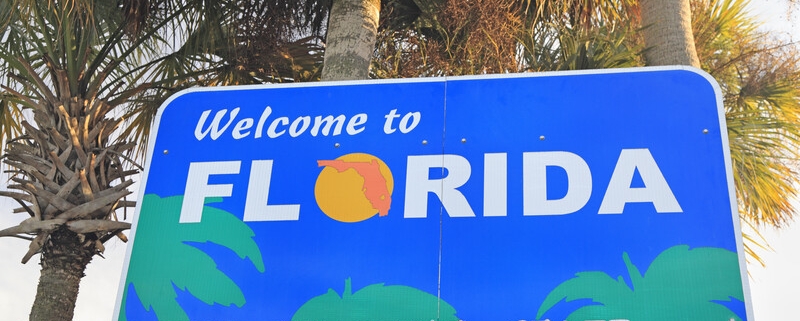In spite of rising interest rates and an uncertain economy, South Florida’s commercial real estate market is still an attractive place to invest in, finance experts say.
That was the general consensus among those who spoke at Tuesday’s Urban Land Institute’s Florida Summit at the JW Marriott Marquis Miami.
During a panel discussion on capital markets, panelists Acore Capital managing partner and co-CEO Warren de Haan; Morgan Stanley Real Estate Investing co-CEO Lauren Hochfelder; and senior managing director Jonathan Pollack said credit markets have tightened significantly as the Federal Reserve raised rates in an effort to control inflation. As a result, investors and lenders have become more particular with where they put their money.
However, South Florida and the rest of the Sunshine State are still appealing places for investors thanks to its rising population and openness toward business.
“Politicians in both the state and local level [in Florida] are playing to win,” Pollack said. “You want to be where there is growth and there is going to be growth in Florida.”
Hochfelder said South Florida has “officially arrived as a gateway primary market.” Within the area, there’s investor appetite for all real estate asset classes, including new Class A “trophy offices.”
Due to remote working trends in most of the U.S., office buildings elsewhere are seen as a risky endeavor. But in South Florida, the return-to-work trend is about 86%, compared to New York and San Francisco which is “half of that,” Hochfelder added,
De Haas, who recently moved from Los Angeles to Miami, said he was struck by the positivity of the people living in South Florida who desire to “do good” and “move the economy forward.”
“I think Miami showed everybody that they are … business-friendly, that the infrastructure is here, and they are open for business,” he said.
Since the pandemic, wealthy individuals, well-paid professionals, and businesses have been migrating to South Florida thanks to the lack of a state income tax, decent weather, and a pro-enterprise atmosphere, brokers and developers have told the Business Journal. This has resulted in rising rents for apartments, industrial, retail, and office.
CBRE’s Director of Research and Analysis Darin Mellott, who moderated the panel discussion, said the post-pandemic migration is part of a broader story across the Sun Belt, a region in the southern U.S. where taxes are generally low. However, he added, the growth that took place in South Florida outperformed other Sun Belt metropolitan areas.
“People coming to Florida are here for the long term,” Mellott said.”They are comfortable with this market.”
Yet, rougher times are coming for South Florida. As the years go by, so, too, will the adverse effects of climate change and sea level rise.
“While the issue is intermittent right now, it’s going to become a regular and bigger problem in the future,” he said.
In the more immediate timeframe, Mellott said the nation as a whole will likely face a mild recession next year with unemployment reaching as high as 5%.
“While we do think things will slow the next couple of quarters, we do see recovery at the end of next year,” Mellott said.
Source: SFBJ

